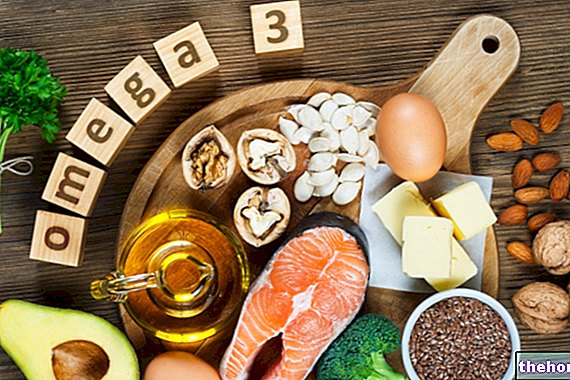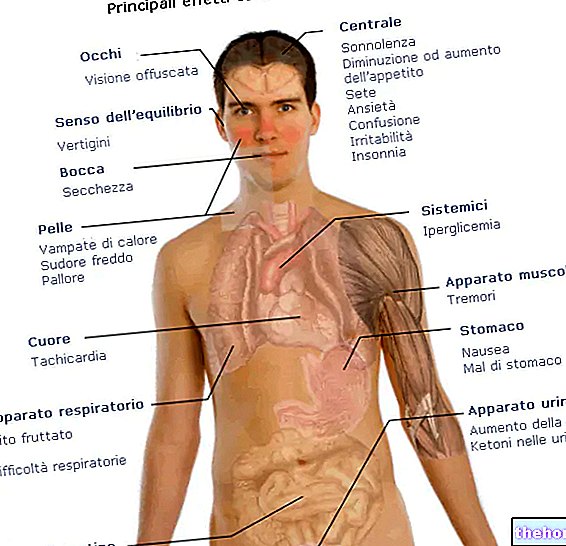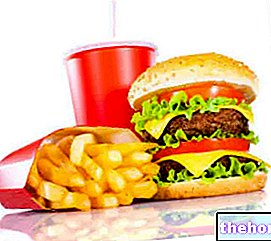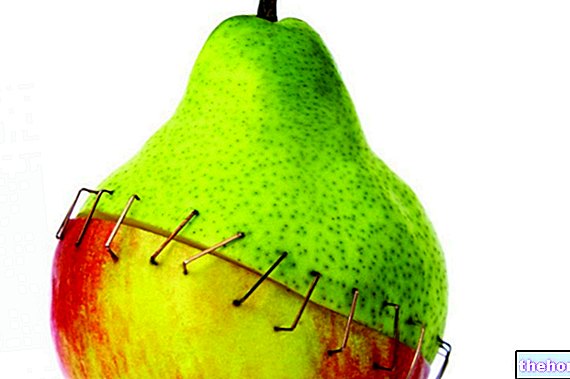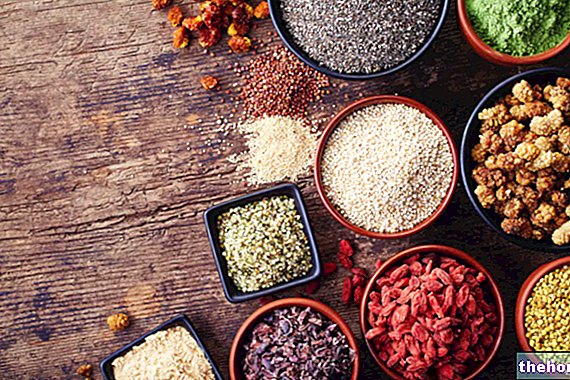What Does Healthy Food Mean?
The definition of "healthy food" is purely subjective and devoid of any scientific - nutritional criteria. In fact, what is healthy for one subject may NOT be healthy for another; this is true both from the "real" and "ideological" point of view.

To give some examples, the supporters of the well-known "Zone Diet" are strongly convinced that the big defect of the contemporary diet is to include cereals, legumes, tubers, frying fats and red meats (obviously, it is a "simplification" that affects only one of the many key points of Berry Sears.) On the contrary, it considers vegetables, certain fruits, oilseeds and a few others to be healthy foods.
The sympathizers of the macrobiotic, on the other hand, totally abolish the foods that they consider acid-base imbalance; but also potatoes, tomatoes and aubergines.
The followers of the Paleolithic diet repudiate cereals, legumes, a good part of sweet fruit, milk, its derivatives and many others.
As for the classical (academic) method, however, in addition to junk foods (obviously excluded from most nutritional styles), no type of food is precluded. Healthy are defined as those free from contaminants, safe from a chemical point of view and containing molecules useful for man; the relevance or not is mainly dictated by the portion, the frequency of consumption, the nutritional context, the physiological state and / or the pathological of the person.
To give an example, according to the Mediterranean diet, wheat is a healthy food, as long as it is not part of the diet for celiac disease. Similarly, milk is considered a suitable food, as long as it is excluded from the diet of lactose intolerant people. Dried fruit is included among the healthy foods but must be excluded in the dietary scheme of those suffering from diverticulosis (to avoid acute diverticulitis). Red wine, being rich in antioxidants, is allowed in the diet of adults as long as it is equal to or less than 2 glasses per day; however, it is completely eliminated from the diet of hypertensive people.
In short, in compliance with the OBJECTIVE chemical and nutritional properties, as well as the state of health of the people in question, foods can be considered healthy ONLY if they are well framed in the overall diet. What many do not know is that even the apparently healthiest foods, if in excess, hide properties that are harmful to the human body.
What Foods Can Be Defined as Healthy?
As we have said, beyond beliefs and philosophies, the definition of healthy must respect "at least" some fundamental principles: hygiene, safety, presence of nutritional molecules, absence or limited presence of anti-nutritional molecules, absence or limited presence of nutritional molecules potentially inappropriate.
For simplicity, we will briefly describe healthy foods respecting the differentiation into the 7 basic food groups (INRAN and SINU).
- Group 1: meat, fishery products and eggs. Of this group it is essential to remember that ONLY the fresh ones can be defined "objectively" healthy. They must be free of prions, viruses, bacteria and parasites, and contain no relevant pharmacological traces (hormones, antibiotics, etc.). Those with a prevalence of unsaturated fatty acids are healthier than saturated ones, with low cholesterol, rich in iron, vit. D and B vitamins. Cold cuts, canned fish products, salted products, etc. should be consumed sparingly.
- Group 2: milk and derivatives. Even the milk must be totally safe from a microbiological point of view, from contaminants (this time also those of the processing cycle) and drugs. Furthermore, contrary to the previous group, products subjected to human manipulation, ie skimming (preferably partial), are healthier.Let's be clear, in a balanced diet, two or three daily portions of whole milk or yogurt and two weekly portions of cheese (as a dish) DO NOT create any imbalance in the nutritional balance. However, being aware that saturated fats and cholesterol are "potentially" harmful, since they are "on average" in excess, it is better to reduce the total amount in the collective diet (in this case, STOP to butter and cream). A "last observation should be made on yoghurt; if natural they are certainly excellent foods, while sweetened ones (with sugar or additives) represent a" less healthy alternative.
- Group 3: cereals, derivatives and tubers. There is not much to say; having ascertained the absence of molds or residues from agricultural treatments, it is simply necessary to prefer WHOLE and (in the case of cereals) WHOLE ones. Potatoes are tubers, but (when cooked) they boast a nutritional intake more similar to that of a cereal rather than a vegetable. These are basically healthy foods (I repeat that I am talking about "raw" products, not derivatives that include the presence of added fats, salt or sugar) but, boasting a high carbohydrate - energy content, the relative portions must respect individual needs. Attention also to the use of bran; it is rich in fiber but also in anti-nutritional components that bind certain minerals and prevent their absorption (especially phytates).
- Group 4: legumes. What was said in the previous paragraph is valid. They are very healthy foods but, even when the energy needs allow, they must be eaten in reasonable portions. This is due to the fact that the whole and peeled ones contain a fair amount of anti-nutritional molecules (phytates and protease inhibitors).
- Group 5: Fats and seasoning oils. Leaving aside the butter (already mentioned in group 2), I do NOT include among the healthy foods also the other condiment fats of animal origin, even if I still consider them better than the hydrogenated and / or fractionated vegetable ones. Instead, I include oilseeds, which are very caloric and rich in the so-called "good fats" (not surprisingly, the oil is extracted from many of these products).
The healthiest "seasoning" vegetable oils are cold-pressed, as they are rich in vitamin E, antioxidants and polyunsaturated fatty acids that are still biologically active (not damaged by extraction processes). This group includes extra virgin olive oil, linseed oil, grapeseed oil, corn oil, etc. Among those suitable for cooking, however, extra virgin olive oil and peanut are healthier (since they are mainly unsaturated but still resistant to high temperatures). I remind our kind readers that the consumption of oil seeds must be strictly correlated to that of " total oil in the diet; the increase of one should correspond to the decrease of the other (lipids should not exceed 25-30% of the total energy). In addition to the desirable chemical content, it is also essential that (to be defined healthy foods) vegetable oils and oil seeds are in excellent condition, ESPECIALLY (but not only!) those rich in omega 3, which tend to deteriorate quickly if: exposed to light, heat and oxygen. Oilseeds are also sensitive to mold contamination. - Group 7 and 8: Vegetables and fruit. All fresh are healthy foods of the 7th and 8th group; those preserved with added salt or sugar should be used marginally and in VERY small portions. Even this set of foods, to be defined healthy, must comply with the criterion of wholesomeness from the point of view of residues from agricultural treatments, contaminants, molds and parasites. Obviously, the level of ripeness (or time of collection) must also be suitable to guarantee the nutritional intake. Seasonal vegetables and fruit of a "short chain" are recommended, as they are less preserved and hypothetically more nutritious. to be consumed in abundance, we must not forget that they contain anti-nutritional molecules (for example, oxalates) which, if in excess, limit the absorption of certain minerals.

